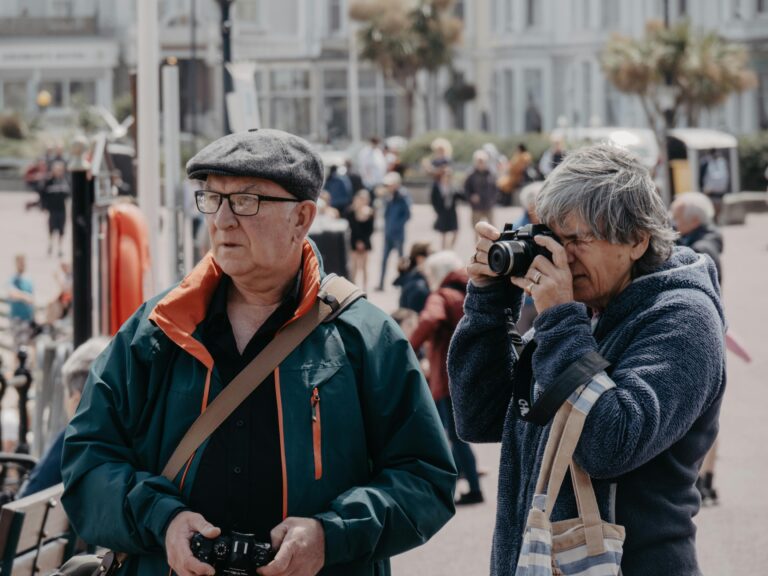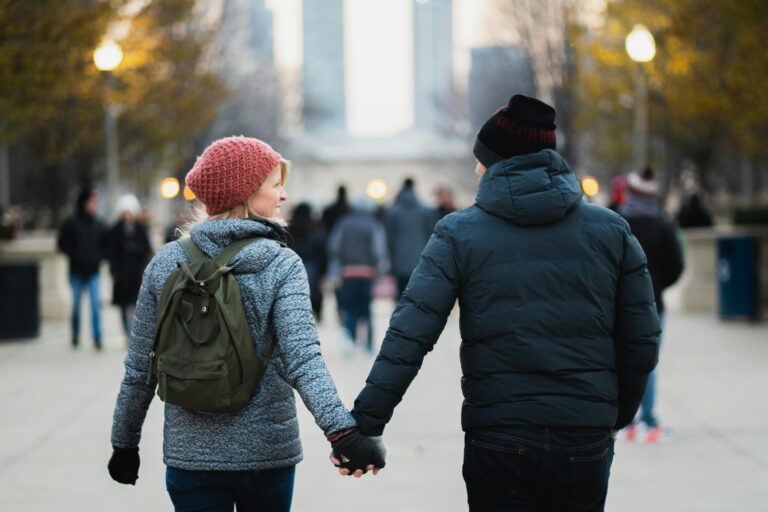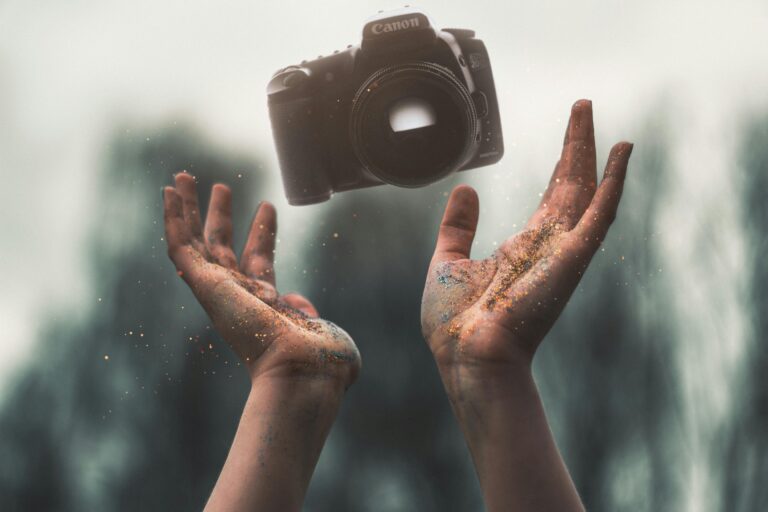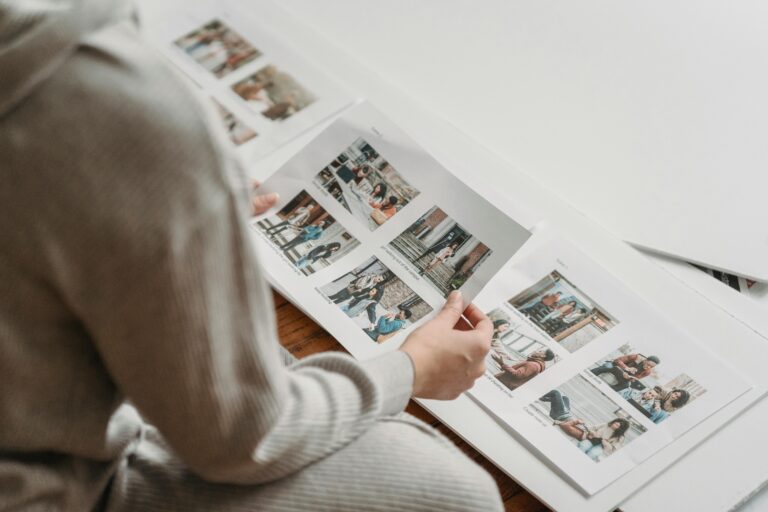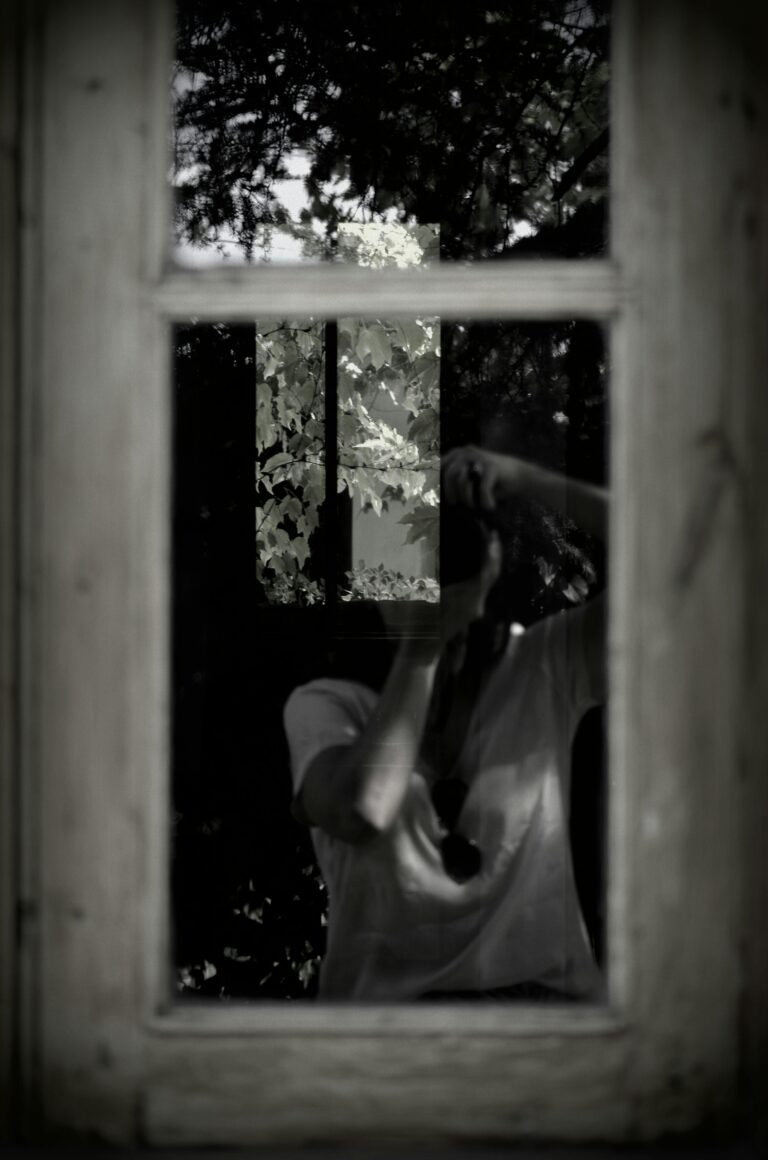Photography, like fashion, never stands still. What looked fresh and modern five years ago might now feel dated, and let’s be honest—no one wants their portraits to scream “last decade!”
So, what’s changing in the world of headshots and portraits in 2025? Well, if you’re still relying on heavy airbrushing and harsh studio lighting, it might be time to shake things up. The world is embracing authenticity, storytelling, and personality-driven imagery, and photographers need to keep up!
In this article, we’ll break down the biggest trends that are taking the photography world by storm, the ones that are losing their appeal, and most importantly—how you can incorporate these fresh ideas into your work. Grab a cuppa, sit back, and let’s chat about what’s hot and what’s not!
Trending Now
1. Cinematic Headshots – Bring on the Drama!
Move over, basic corporate headshots—cinematic portraits are taking centre stage. Think moody lighting, shallow depth of field, and a filmic colour grade. People want their headshots to tell a story, not just show their best side.
This trend is all about making headshots feel more like stills from a movie rather than just a smiling LinkedIn photo. Professionals want depth, character, and emotion in their portraits. Whether it’s a soft, dreamy look with golden-hour lighting or a deep, contrasty shot that feels intense and powerful, cinematic headshots create a real impact.
How to Nail the Cinematic Look
- Use natural light or soft artificial lighting to create shadows and highlights that add depth.
- Opt for prime lenses with a wide aperture (e.g., f/1.8 or f/2.8) to create a beautifully blurred background.
- Play with colour grading—tones that mimic film aesthetics work wonders for making portraits feel timeless and dramatic.
- Encourage genuine expressions—it’s all about emotion and storytelling.
2. AI-Powered Editing – The Smart Photographer’s Best Friend
AI is creeping into every aspect of photography, and editing is no exception. Tools like AI-powered retouching are allowing photographers to streamline their workflow without losing that natural feel. Gone are the days of painstakingly removing every blemish by hand—AI can now enhance skin, balance lighting, and even refine composition at the click of a button.
But don’t panic—AI isn’t here to replace photographers! It’s here to make our lives easier. Imagine having an assistant that helps with time-consuming edits, freeing you up to focus on creativity and storytelling. AI can be used to subtly enhance images without making people look like plastic dolls.
How to Use AI Without Losing Your Style
- Use AI sparingly—it’s a tool, not a crutch.
- Customise AI settings to retain natural skin texture and realistic lighting.
- Experiment with AI-based background enhancement to create stunning, unique portraits.
- Automate repetitive tasks like colour correction, saving you hours of editing time.
3. Outdoor Environmental Portraits – Let’s Get Out of the Studio!
Studio shots will always have their place, but 2025 is all about environmental portraits. More and more people want their headshots taken in natural or meaningful locations—whether that’s a park, an urban street, or their favourite coffee shop.
Outdoor portraits offer a relaxed, candid feel that traditional studio shots sometimes lack. Plus, they can help tell a deeper story about the subject’s personality or profession. Imagine a fitness coach posing in a park, a writer surrounded by books at their favourite library, or a tech entrepreneur standing in front of their bustling office space. These details add layers of meaning to the image—and let’s be real, they just look cooler!
How to Master Environmental Portraits
- Scout locations that match the subject’s personality or profession.
- Use natural light creatively—early mornings and late afternoons provide stunning soft light.
- Be mindful of background distractions—a beautiful location can be ruined by cluttered surroundings.
- Get your subject to interact naturally with their environment for an authentic, engaging feel.
Fading Out
1. Overly Airbrushed Looks – Let’s Keep It Real
We’ve all seen those portraits where the skin looks so smooth it could be mistaken for plastic. That trend? It’s officially on its way out. The demand for authenticity means people want to look like themselves—flaws and all. A light touch-up? Sure. But heavy, obvious retouching is no longer in vogue.
People are embracing real skin texture, laugh lines, and freckles. It’s all about celebrating individuality rather than chasing an unattainable standard of perfection. So, let’s leave the doll-like airbrushing back in the early 2010s where it belongs.
2. Harsh Flash Lighting – The Passport Photo Effect is Out
Super bright, direct flash that washes out features? No thanks. Today’s portraits are leaning towards softer, more natural lighting. Whether that’s using diffused window light or bouncing a flash for a gentle glow, the goal is to create a more flattering and realistic look rather than something that screams “passport photo.”
Clients want to look natural, not like they’ve been caught in a police lineup! By using softer light sources, reflectors, and natural shadows, photographers can create a more organic and engaging portrait that truly represents the person in front of the lens.
How to Incorporate 2025 Trends into Your Photography
Now that you know what’s hot (and what’s not), how can you keep your work feeling fresh?
- Experiment with cinematic lighting. Try using practical lights (like lamps or streetlights) to create a moody, film-like aesthetic.
- Embrace AI tools wisely. Use them for subtle enhancements rather than drastic alterations.
- Get out of the studio. Encourage clients to choose meaningful locations for their shoots.
- Ditch the over-editing. Focus on enhancing natural beauty rather than masking it.
- Soften your lighting. Use diffusers or shoot during golden hour for a natural, flattering look.
- Let personality shine! The best portraits don’t just show a face—they capture a vibe. Encourage clients to relax, be themselves, and even bring props that reflect who they are.
Conclusion
Trends come and go, but the best portraits always capture something real. By staying open to new techniques and moving away from outdated styles, photographers can keep their work relevant and exciting. So, whether you’re booking your next headshot session or revamping your portfolio, remember: 2025 is all about cinematic vibes, natural beauty, and authenticity.
So, get out there, experiment, and most importantly—have fun with it! Happy shooting! unexpected charges! So go forth, plan wisely, and most importantly, have fun!
Keywords for SEO:
- Headshot trends 2025
- Portrait photography trends
- Best headshot styles 2025
- Portrait photography techniques
- Cinematic headshots
- AI in photography
- Modern portrait styles
- Professional headshots 2025
- AI-powered photo editing
- Natural light photography
- Outdoor portrait photography
- Studio vs environmental portraits
- How to take cinematic headshots
- Best AI tools for portrait photographers
- Outdoor vs studio headshots – which is better?
- Common portrait photography mistakes to avoid
- How to make headshots look more natural
- How to capture personality in a portrait
- Film-style portrait photography
- Minimal retouching portrait photography
- Soft lighting headshot tips
- Natural beauty in portraits
- Authentic portrait photography
